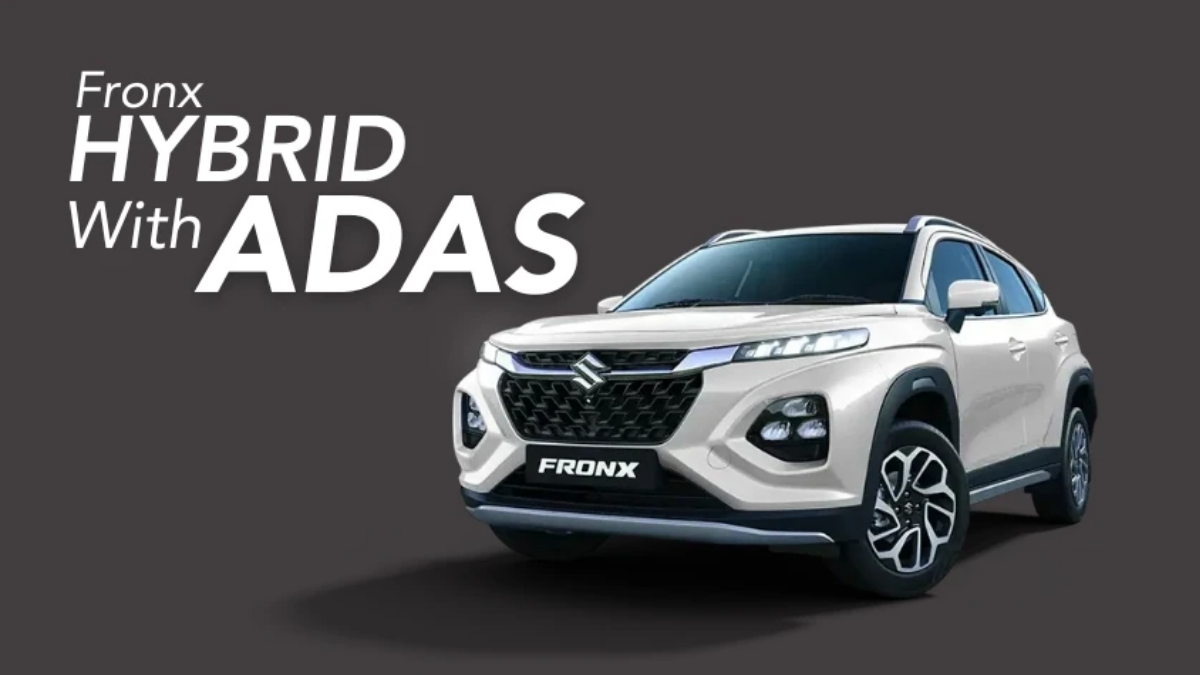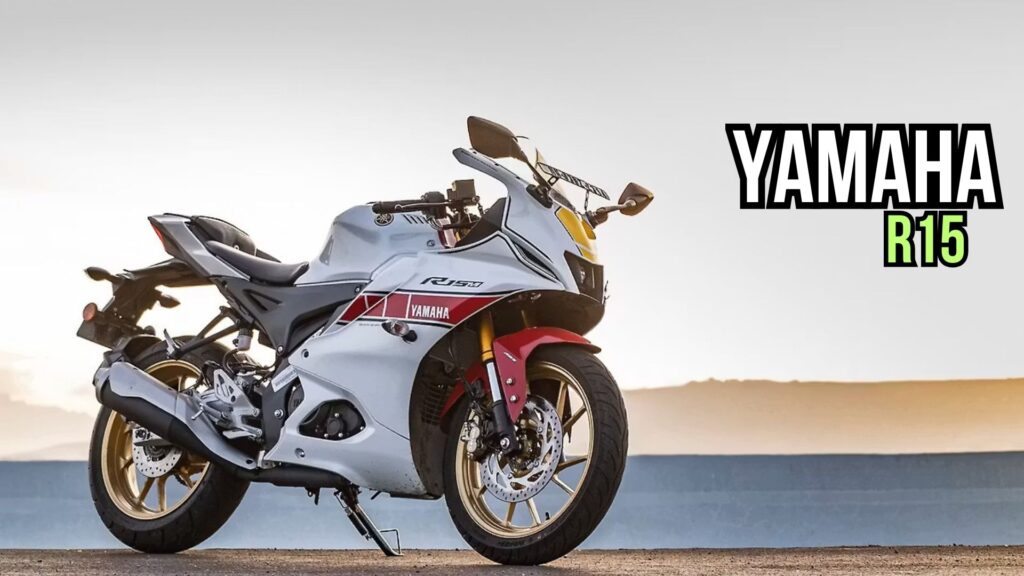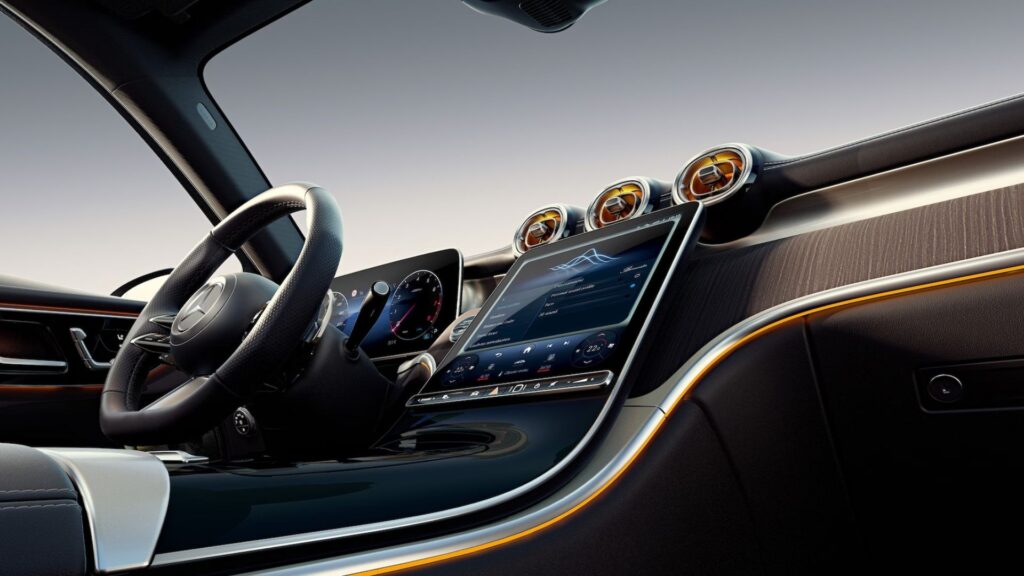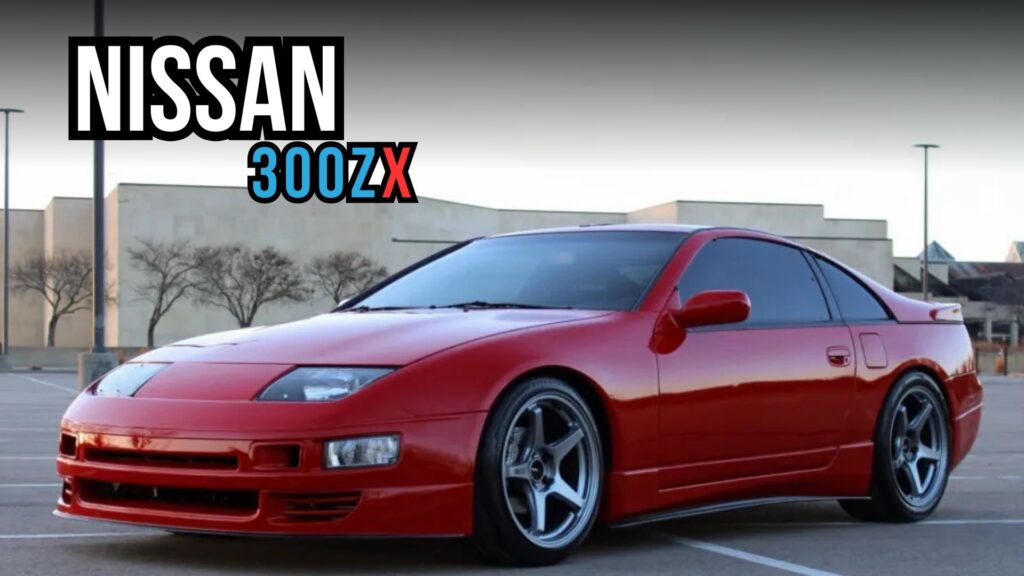Maruti Suzuki is preparing a strategic leap in electrified powertrains with the first in-house developed strong hybrid system set to launch in the Fronx compact SUV. The company has already tasted success using partner technology in the Grand Vitara, Invicto, and the newly introduced Victoris. The Fronx hybrid marks a shift to proprietary development that can be scaled across high-volume models. The planned launch aligns with Corporate Average Fuel Efficiency Phase III norms beginning 1 April 2027. These rules push carmakers to deliver better average fuel economy and lower fleet emissions. A locally engineered strong hybrid helps Maruti meet regulatory requirements while protecting value pricing for mass buyers.
Why Fronx Gets The First In-House Strong Hybrid

Maruti evaluated multiple candidates for the first in-house installation, including popular hatchbacks like the Swift and Baleno. The Fronx ultimately won out because compact SUVs command stronger demand and pricing power while reaching a wide demographic of urban and semi-urban buyers. Positioning the hybrid in a fast-growing body style increases visibility and accelerates technology acceptance. It also gives Maruti a clear differentiator in a segment where rivals focus primarily on petrol and turbo petrol options.
Quick Summary
Item |
Details |
|---|---|
First model with in-house strong hybrid |
Maruti Suzuki Fronx |
Launch window |
Q2 FY27 aligned with CAFE Phase III norms effective 1 April 2027 |
Powertrain base |
Z-Series 1.2-litre 3-cylinder petrol paired with electric motor and battery |
Current strong hybrids in Maruti range |
Grand Vitara, Invicto, Victoris using Toyota technology |
Reason for in-house tech |
Lower dependence on partners, better model tailoring, improved margins |
Market context |
Strong hybrid share grew from 1.1 percent in FY23 to 2.4 percent in FY25 |
Tax signal |
Expected 18 percent GST for strong hybrids under GST 2.0 vs 28 percent for many petrol models with no compensation cess for the hybrid category indicated |
Competitive set |
Hyundai Venue, Kia Sonet, Tata Nexon, Mahindra XUV300 in the compact SUV class |
Official site |
Powertrain Blueprint: Z-Series 1.2-Litre With Electric Assist
The Fronx hybrid is expected to pair the new Z-Series 1.2-litre 3-cylinder petrol engine with an electric motor, a traction battery, and dedicated hybrid control electronics. That petrol unit already appears in the new Swift and later in the Dzire. In strong hybrid form the system can start silently, cruise at low speeds in EV mode, blend power sources seamlessly in traffic, and recapture energy while braking. Outcomes for daily users include higher real-world mileage, calmer city driveability, and lower tailpipe CO2. Maruti is finishing validation and calibration work so that performance, reliability, and refinement meet the brand’s mass-market standards.
CAFE III And Policy Timing
The planned Q2 FY27 start dovetails with CAFE Phase III. Strong hybrids are a practical lever to raise corporate fuel efficiency without waiting on public charging infrastructure. Sales of strong hybrids have more than doubled across the industry in the last two fiscal years, moving from 41,477 units in FY23 to 1,04,800 units in FY25. The trend line indicates a durable buyer shift toward fuel-saving tech that still behaves like a conventional car at the pump.
GST 2.0 And Pricing Headroom
Tax treatment shapes affordability. Under the upcoming GST 2.0 regime, strong hybrids are set to attract 18 percent GST. Many equivalent petrol vehicles sit at 28 percent GST with additional cess applicable by engine size and length bands. Lower GST on the hybrid helps Maruti position the Fronx hybrid closer to popular petrol trims. The net effect can be a smaller price gap to entry that buyers can recover via fuel savings over three to five years of ownership.
Market Positioning: A New USP In A Crowded Segment
The Fronx competes with Hyundai Venue, Kia Sonet, Tata Nexon, and Mahindra XUV300. None of these rivals currently sells a strong hybrid in this band. Bringing a full hybrid to the compact SUV bracket gives Maruti a clear talking point. Customers comparing monthly fuel bills and resale value will find the hybrid math compelling, especially for high-mileage commuters and app cab operators who want a premium feel without range anxiety or charging downtime.
Advantages Of In-House Hybrid Development
- Lower dependence on partner licensing
Maruti can iterate faster and deploy updates across models without third-party lead times. - Model-specific tuning
Calibrations can be tailored to weight, aero, tyre sizes, and duty cycles typical to Indian roads. - Improved margins and scale
Local component sourcing and common hybrid modules can be spread across hatchbacks, sedans, and SUVs over time. - After-sales control
Training, diagnostics, and parts planning sit under one umbrella, improving service turnaround and customer confidence.
What Buyers Can Expect In Daily Use
- EV-only creep and short hops in parking lots and bumper-to-bumper traffic
- Smoother stop-start with fewer vibrations compared to conventional idle stop systems
- Predictable overtakes as the motor fills torque gaps at low rpm
- Lower running cost per km in city cycles thanks to energy recuperation
- Unchanged refuelling routine at petrol stations with no external charging required
Feature Pack And Variants: Likely Approach
Maruti typically offers a broad variant ladder. Expect the hybrid hardware to appear in mid and higher trims first, combining safety and convenience features such as six airbags in top grades, ESP with hill hold, a large touchscreen with wireless phone integration, connected car functions, climate control, cruise control, and a 360 camera in select variants. Over the first year Maruti can cascade the hybrid to additional trims based on demand.
Why Not Pure EV First
Maruti is pursuing a measured path into electrification. Strong hybrids reduce fleet CO2 promptly and at scale while the company builds battery supply chains, secures cell partners, and maps charging needs. For buyers, a strong hybrid avoids charging anxiety and delivers predictable resale in the near term. When public charging density and battery costs improve further, Maruti can add EVs alongside hybrids without stranding customers.
Rollout Outlook And Future Applications
Once the Fronx hybrid reaches showrooms and proves its cost and reliability targets, the same in-house system can extend to other high-volume nameplates. That could include a popular hatchback and a larger SUV where highway efficiency gains are meaningful. Sharing battery packs, power electronics, and software across models will be key to price discipline.
Frequently Asked Questions
1. When will the Fronx strong hybrid launch in India
The target window is the second quarter of FY27, which aligns with CAFE Phase III implementation beginning 1 April 2027.
2. What engine forms the base of the hybrid system
Maruti’s new Z-Series 1.2-litre 3-cylinder petrol engine will pair with an electric motor, a dedicated battery, and hybrid control electronics.
3. How is an in-house hybrid better for buyers
It enables sharper pricing, faster updates, and service processes designed specifically for Indian usage. It also reduces reliance on external licensing.
4. Will the Fronx hybrid need external charging
No. A strong hybrid charges its battery through the engine and through regenerative braking, so regular petrol refuelling remains the routine.
5. What benefits can I expect in city driving
Quieter starts, smoother traffic flow at low speed, improved mileage, and lower tailpipe CO2 compared to an equivalent petrol-only variant.
Conclusion
The Fronx strong hybrid is more than a single launch. It is Maruti Suzuki’s foundational step into proprietary electrified technology at mass scale. Aligning the debut with CAFE Phase III and leveraging a favorable GST 2.0 structure sets the business case. Giving compact SUV buyers a strong hybrid choice sets the customer case. If Maruti executes on pricing, calibration, and after-sales readiness, the Fronx hybrid can become the most accessible full hybrid in the segment while opening a pipeline for broader hybrid adoption across the portfolio.
Official Website
https://www.marutisuzuki.com
For More Information Click HERE






